The Value of the YGTSS Scale and Somatosensory Evoked Potentials in Assessing Tic Disorder
DOI: 10.23977/medsc.2024.050524 | Downloads: 25 | Views: 869
Author(s)
Yu Zhiyu 1, Xu Lei 1, Wang Xia 1, Shi Jianhong 1, Li Yi 1, Tang Feng 1, Zhang Kemin 1, Pu Zhaoxia 1, Yi Yuan 1, Li Xiaoling 1, Deng Junyang 1
Affiliation(s)
1 Chengdu Gaoxin Southwest Children's Rehabilitation Hospital, Chengdu, Sichuan, 610000, China
Corresponding Author
Yu ZhiyuABSTRACT
This study examines the theoretical basis of assessing abnormalities in the somatosensory-motor cortex using Somatosensory Evoked Potentials (SEP) and explores the correlation between SEP and the Yale Global Tic Severity Scale (YGTSS) for clinically evaluating the severity of Tic Disorder (TD) Forty-one children with TD who met the inclusion criteria in our department of developmental behavior in 2024 were selected. Their SEPs were recorded using a somatosensory evoked potential recorder, focusing on the P22 latency period, while their YGTSS scores were evaluated through clinical observation. There was a significant positive correlation between the P22 latency period and YGTSS scores (r = 0.44, p < 0.01). Children with moderate to severe TD had significantly longer P22 latency periods compared to those with mild TD (t = 2.75, p < 0.001, d = 0.96). Abnormalities in somatosensory evoked potentials are present in children with TD, supporting the existence of a consistent deficit in the cortical-striatal-thalamic-cortical loop. SEP holds promise as an objective indicator for the clinical assessment of TD severity.
KEYWORDS
Tic Disorder; Somatosensory Evoked Potentials; YGTSS ScaleCITE THIS PAPER
Yu Zhiyu, Xu Lei, Wang Xia, Shi Jianhong, Li Yi, Tang Feng, Zhang Kemin, Pu Zhaoxia, Yi Yuan, Li Xiaoling, Deng Junyang. The Value of the YGTSS Scale and Somatosensory Evoked Potentials in Assessing Tic Disorder. MEDS Clinical Medicine (2024) Vol. 5: 179-183. DOI: http://dx.doi.org/10.23977/medsc.2024.050524.
REFERENCES
[1] Liu Z S, Cui Y H, Sun D, et al. Current status, diagnosis, and treatment recommendation for tic disorders in China [J]. Frontiers in psychiatry, 2020, 11: 774.
[2] Jafari F, Abbasi P, Rahmati M, et al. Systematic review and meta-analysis of Tourette syndrome prevalence; 1986 to 2022[J]. Pediatric neurology, 2022, 137: 6-16.
[3] Jiang Y L, Zhang Q, Zhai R, etc. Systematic evaluation of the prevalence and risk factors of tic disorders in Chinese children [J]. Chinese Journal of Children's Health Care, 2023, 31 (06): 661-667
[4] American Psychiatric Association. Diagnostic and Statistical Manual of Mental Disorders (DSM-5)[M].5th ed. Washington, DC : American Psychiatric Association.2013.
[5] Hsu C J, Wong L C, Wang H P, et al. The microstructural change of the brain and its clinical severity association in pediatric Tourette syndrome patients[J]. Journal of Neurodevelopmental Disorders, 2023, 15(1): 34.
[6] Muzyka I M, Estephan B. Somatosensory evoked potentials[J]. Handbook of clinical neurology, 2019, 160: 523-540.
[7] Yang C M, Cheng H, Li B Y, etc. Clinical exploration of somatosensory evoked potential application in Tourette syndrome [J]. Chinese Rehabilitation Theory and Practice, 2015, 21 (12): 1443-1446
[8] Fernández de la Cruz L, Mataix-Cols D. General health and mortality in Tourette syndrome and chronic tic disorder: A mini-review[J]. Neuroscience & Biobehavioral Reviews, 2020, 119: 514-520.
[9] Cox J H, Seri S, Cavanna A E. Sensory aspects of Tourette syndrome[J]. Neuroscience & Biobehavioral Reviews, 2018, 88: 170-176.
[10] Kano Y, Matsuda N, Nonaka M, et al. Sensory phenomena related to tics, obsessive-compulsive symptoms, and global functioning in Tourette syndrome[J]. Comprehensive Psychiatry, 2015, 62: 141-146.
[11] Kimura K, Murase N, Nagao Y, et al. Pre-movement gating of somatosensory evoked potentials in Tourette syndrome [J]. Brain and Development, 2023, 45(6): 324-331.
[12] Isaacs D, Riordan H. Sensory hypersensitivity in Tourette syndrome: a review[J]. Brain and Development, 2020, 42(9): 627-638.
[13] Isaacs D, Key A P, Cascio C J, et al. Cross-disorder comparison of sensory over-responsivity in chronic tic disorders and obsessive-compulsive disorder[J]. Comprehensive psychiatry, 2022, 113: 152291.
[14] Takezawa M, Kamijo K, Shibasaki M, et al. Differences in characteristics of somatosensory evoked potentials between children and adults[J]. NeuroReport, 2019, 30(18): 1284-1288.
[15] Artieda J, Obeso J A. The pathophysiology and pharmacology of photic cortical reflex myoclonus[J]. Annals of Neurology: Official Journal of the American Neurological Association and the Child Neurology Society, 1993, 34(2): 175-184.
| Downloads: | 10010 |
|---|---|
| Visits: | 671084 |
Sponsors, Associates, and Links
-
Journal of Neurobiology and Genetics
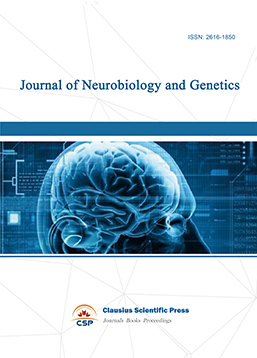
-
Medical Imaging and Nuclear Medicine
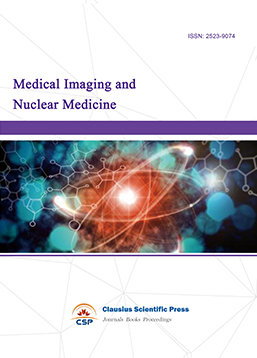
-
Bacterial Genetics and Ecology
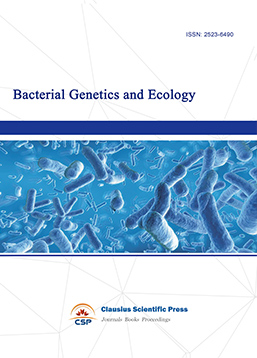
-
Transactions on Cancer
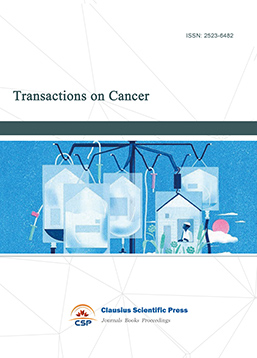
-
Journal of Biophysics and Ecology
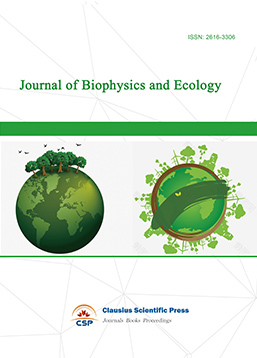
-
Journal of Animal Science and Veterinary
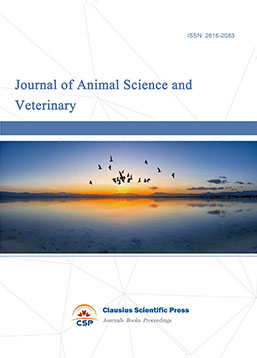
-
Academic Journal of Biochemistry and Molecular Biology
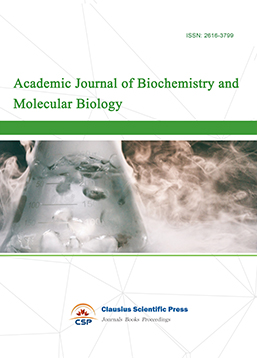
-
Transactions on Cell and Developmental Biology
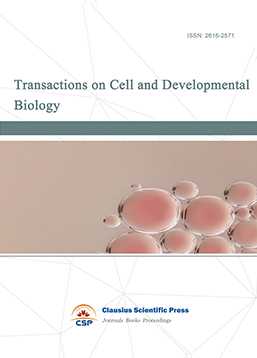
-
Rehabilitation Engineering & Assistive Technology
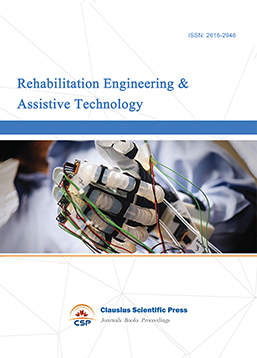
-
Orthopaedics and Sports Medicine
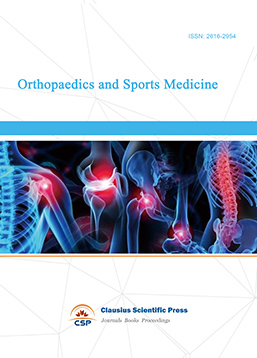
-
Hematology and Stem Cell
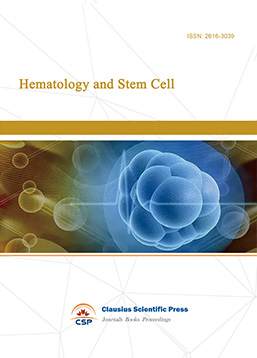
-
Journal of Intelligent Informatics and Biomedical Engineering
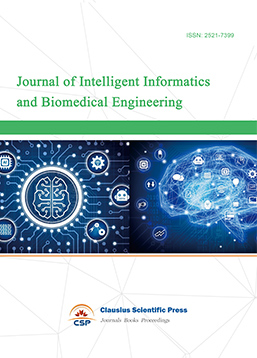
-
MEDS Basic Medicine
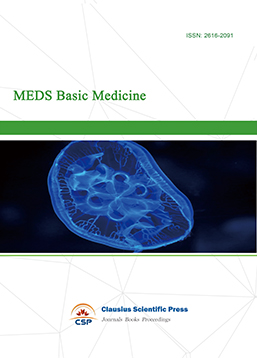
-
MEDS Stomatology
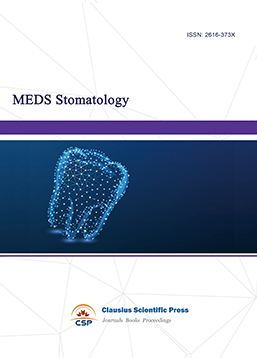
-
MEDS Public Health and Preventive Medicine
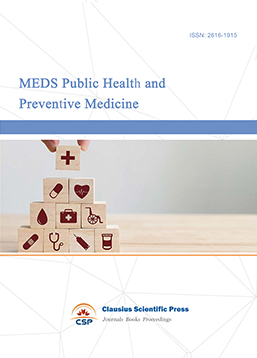
-
MEDS Chinese Medicine
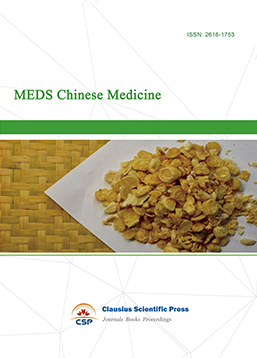
-
Journal of Enzyme Engineering
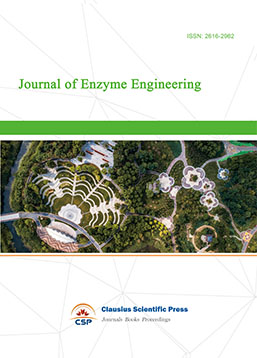
-
Advances in Industrial Pharmacy and Pharmaceutical Sciences
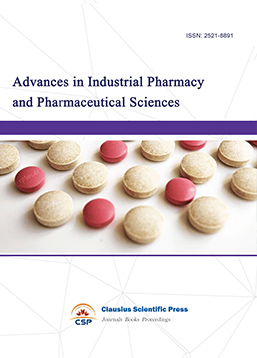
-
Bacteriology and Microbiology
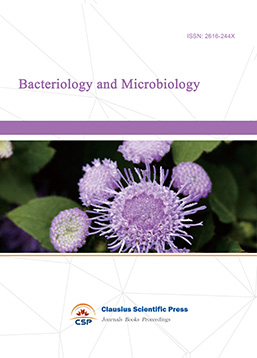
-
Advances in Physiology and Pathophysiology
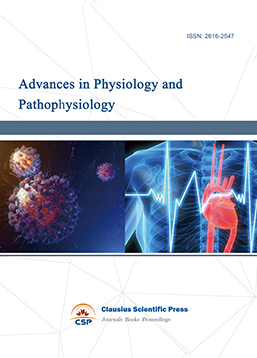
-
Journal of Vision and Ophthalmology
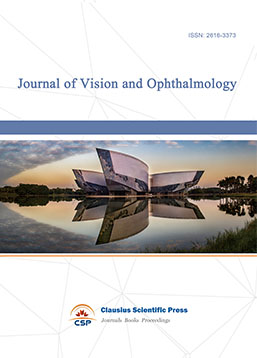
-
Frontiers of Obstetrics and Gynecology
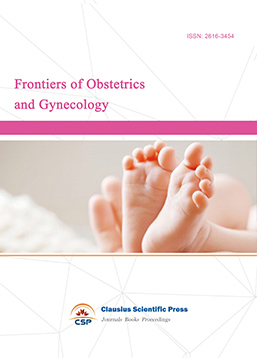
-
Digestive Disease and Diabetes
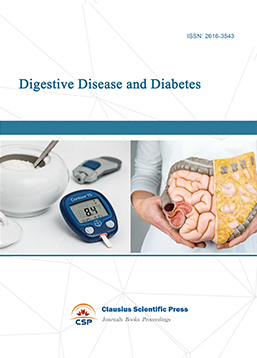
-
Advances in Immunology and Vaccines

-
Nanomedicine and Drug Delivery
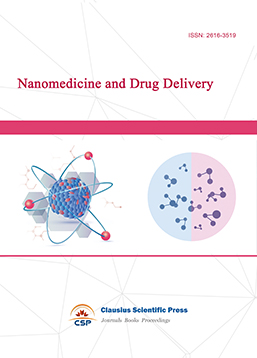
-
Cardiology and Vascular System
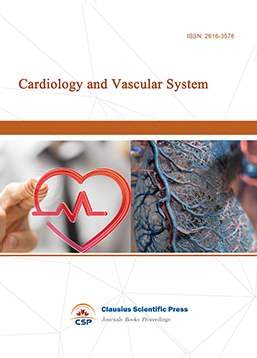
-
Pediatrics and Child Health
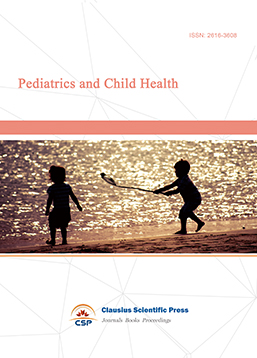
-
Journal of Reproductive Medicine and Contraception
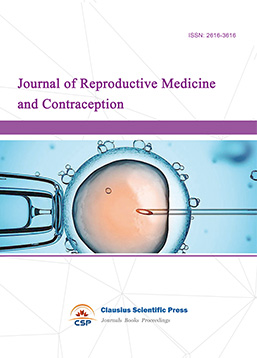
-
Journal of Respiratory and Lung Disease
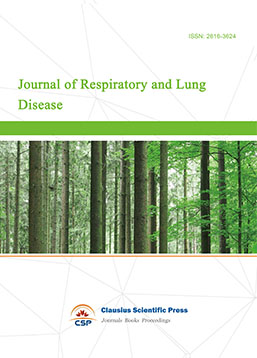
-
Journal of Bioinformatics and Biomedicine
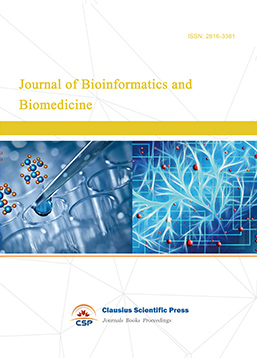

 Download as PDF
Download as PDF